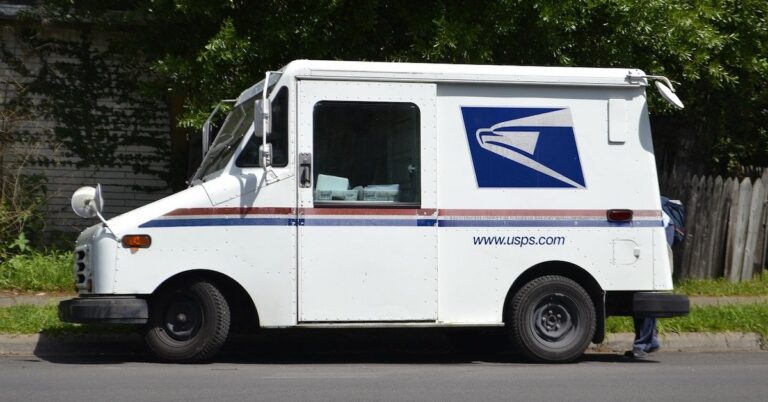Weekly Fiscal Facts are provided to Wisconsin Newspaper Association members by the Wisconsin Policy Forum, the state’s leading resource for nonpartisan state and local government research and civic education. The Wisconsin Policy Forum logo can be downloaded here.
New approaches may be needed for the city of Sun Prairie’s fire and emergency medical crews to sustain current service levels for one of the state’s fastest-growing communities.
In recent years, Sun Prairie has extended its EMS service area, stopped serving a nearby town, converted its once-private fire department to a city agency, and faced the loss of veteran part-time firefighters.
These changes have taken place in a community that in the last two decades grew more than almost any other Wisconsin city. Among the 162 municipalities in the state with at least 5,000 residents, the city of Sun Prairie ranks third in its percentage increase in population since 2000, nearly doubling over that period.
The growth rate recently slowed somewhat, but new state projections still suggest that Sun Prairie’s population will rise 24.1% by 2040. This growth has contributed to enormous increases in fire and EMS service demands, as has the area’s aging population.
As a result of these and other shifts, responses by city firefighters tripled between 2014 and 2024, and EMS calls have shot up 75.2% since 2018. In the coming years, call volumes and costs are only projected to keep growing.
A recent Wisconsin Policy Forum report, commissioned by the city and the towns of Sun Prairie and Bristol, reviews these communities’ emergency services and identifies ways to strengthen them. It also provides analyses of how peer communities provide these services.
The report does not offer a single recommended solution to the challenges identified for the Sun Prairie area, but instead lays out options for local policymakers to consider. This may include forging additional partnerships — or revisiting existing ones — with neighboring communities, adopting new practices for responding to frequent EMS users, considering a city property tax referendum to cover operating costs, or adopting new fees.
The report also lays out other options the city could consider to control fire and EMS costs. Those include introducing the use of at least some firefighter-paramedics; limiting the size of firefighter crews; and reducing automatic firefighter responses to some EMS calls.
This information is provided to Wisconsin Newspaper Association members as a service of the Wisconsin Policy Forum, the state’s leading resource for nonpartisan state and local government research and civic education. Learn more at wispolicyforum.org.



